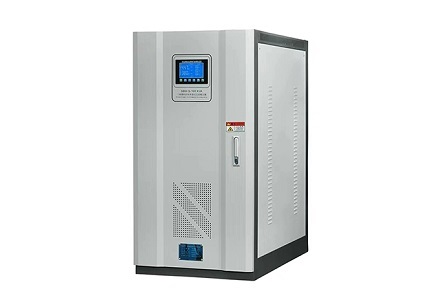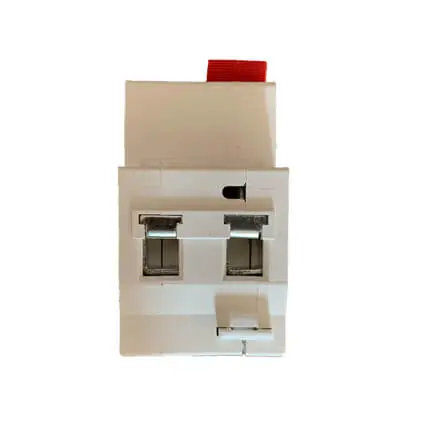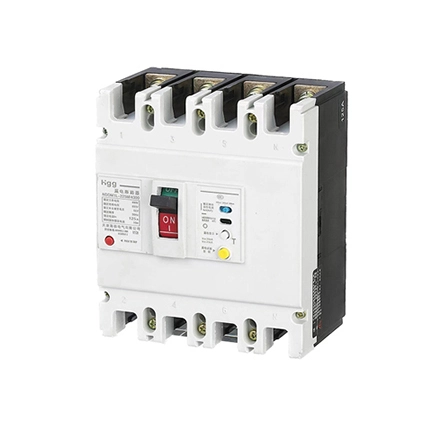In today's technologically advanced world, our lives are heavily dependent on various electronic appliances. From refrigerators and air conditioners to computers and televisions, these appliances have become an integral part of our daily routines. However, one aspect that often goes unnoticed is the quality of the electrical power supply that these appliances receive. Fluctuations in voltage levels can pose a significant threat to the functioning and lifespan of these devices. This is where voltage stabilizers play a crucial role in protecting our appliances and ensuring their optimal performance.
Understanding Voltage Fluctuations
Before delving into the importance of voltage stabilizers, it's essential to understand voltage fluctuations. The voltage supplied by the electrical grid is expected to be at a constant level, usually 220-240 volts (in most countries). However, several factors, such as power surges, voltage sags, and voltage spikes, can cause deviations from this standard voltage.
Power surges occur when there is a sudden increase in voltage, usually lasting for a few milliseconds. Voltage sags, on the other hand, are short-term decreases in voltage, and voltage spikes are sudden increases in voltage that can last for a brief moment. These fluctuations can be caused by lightning strikes, power outages, faulty appliances, or large equipment drawing significant power from the grid.
Impact of Voltage Fluctuations on Appliances
Voltage fluctuations can have detrimental effects on electronic appliances. Appliances are designed to operate within specific voltage ranges, and deviations from these ranges can lead to various issues. For instance:
Reduced Lifespan: Continuous exposure to high voltage levels can significantly reduce the lifespan of appliances. Over time, it can cause internal components to deteriorate and fail prematurely.
Malfunctioning: Appliances subjected to voltage spikes and surges may experience malfunctions or complete breakdowns. These fluctuations can damage sensitive electronic components and circuits.
Increased Energy Consumption: Appliances operating under unstable voltage conditions may consume more power than necessary, leading to higher energy bills.
Fire Hazards: Excessive voltage can generate excessive heat within the appliances, potentially leading to fire hazards.
The Role of Voltage Stabilizers
Voltage stabilizers act as a protective barrier between the electrical grid and your appliances. They are designed to regulate the incoming voltage to ensure that it remains within the acceptable range for your appliances' safe operation. There are different types of voltage stabilizers available, including servo-controlled stabilizers and static stabilizers, each with its unique advantages.

Constant Voltage Output: Voltage stabilizers continuously monitor the incoming voltage and automatically adjust the output voltage to maintain it at a stable level. This safeguards appliances from voltage spikes, surges, and sags.
Surge Protection: Many voltage stabilizers come equipped with surge protection features that help absorb and divert excess voltage during power surges caused by lightning or grid issues.
Enhanced Appliance Lifespan: By providing a stable voltage supply, voltage stabilizers extend the lifespan of appliances by preventing wear and tear due to voltage fluctuations.
Energy Efficiency: When appliances receive a stable voltage supply, they operate more efficiently, reducing energy consumption and contributing to lower electricity bills.
Overload Protection: Some voltage stabilizers have built-in overload protection mechanisms that trip and disconnect the appliances from the power source in case of excessive current flow.
Choosing the Right Voltage Stabilizer
Selecting the appropriate voltage stabilizer for your appliances is crucial to ensuring their safety and longevity. Consider the following factors when making your choice:
Power Rating: Determine the total power consumption of the appliances you wish to protect, and choose a stabilizer with a sufficient power rating to handle the load.
Type of Stabilizer: Different stabilizers offer varying features and protections. Understand the specific requirements of your appliances and select a stabilizer that best meets those needs.
Voltage Range: Check the voltage range within which the stabilizer can effectively operate. Ensure it covers the expected voltage fluctuations in your area.
Surge Protection: If you live in an area prone to lightning strikes or frequent power outages, opt for a voltage stabilizer with surge protection capabilities.
In conclusion, voltage stabilizers play a critical role in safeguarding our electronic appliances from the adverse effects of voltage fluctuations. They offer stable voltage output, surge protection, and overload safeguards, all of which contribute to extending the lifespan and efficiency of our appliances. Investing in a quality voltage stabilizer is a proactive step towards ensuring a safe and reliable power supply for your valuable electronic devices, ultimately saving you money on repairs and replacements in the long run. Protect your appliances today and enjoy uninterrupted, efficient operation for years to come.





